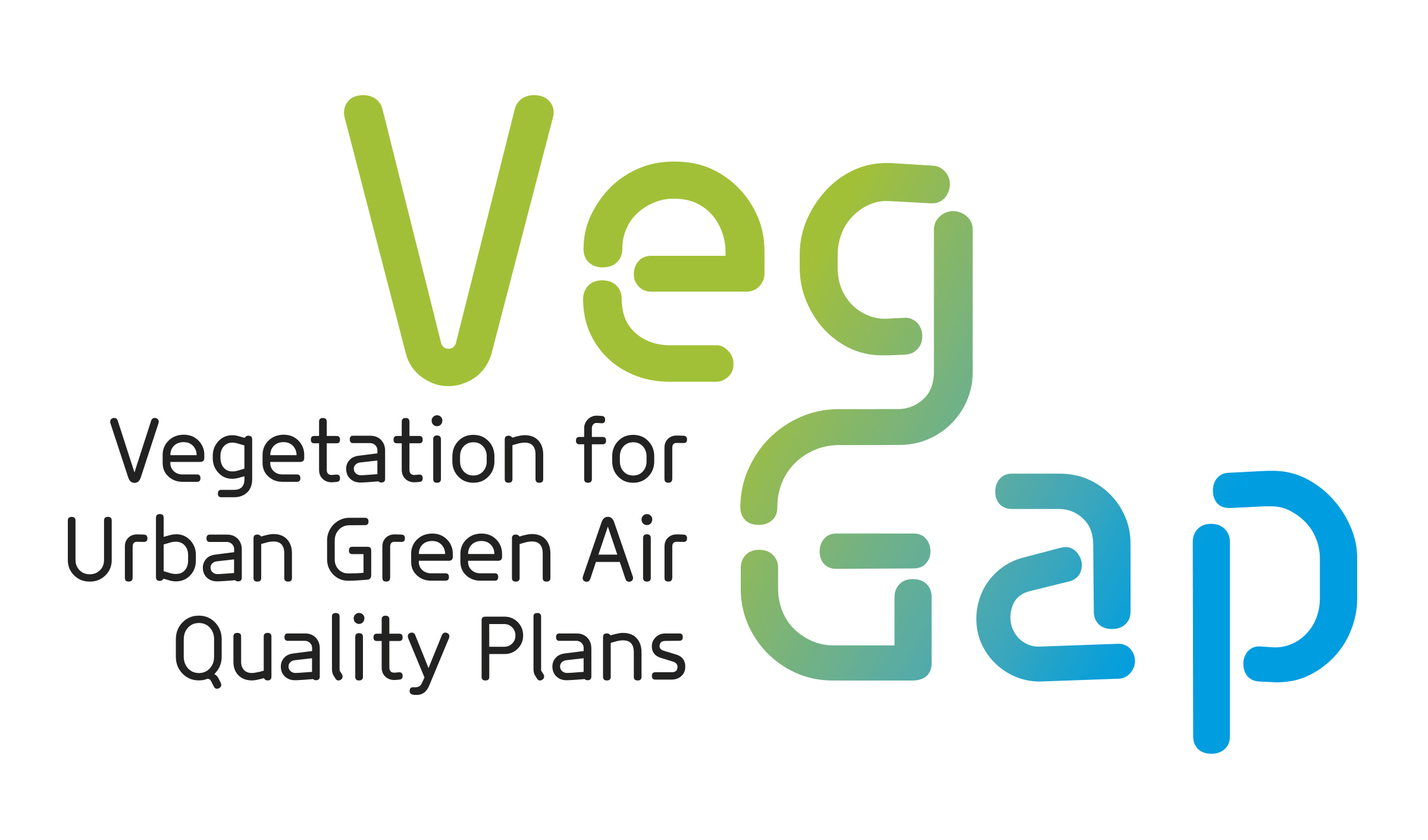The long months of confinement at home because ok Covid-19 have been occasion for thought for many people on the quality of our life and its priorities. Sure, those who live in the city have also considered the advantages of urban greenery, being able to freely access outdoor green spaces, the presence of trees and plants that improve air quality and people well-being.
1. Reduction
in air pollution. With over
66,000 premature death per year, Italy is the EU Member State most affected in
terms of particulate-related deaths (Pm 10 and Pm 2.5) which mainly comes from
vehicular traffic. The role of urban trees in the absorption and reduction of
these particles is fundamental: it is calculated that each hectare of urban
forest is able to absorb up to 30 kg of Pm10 per year.
2. CO2 reduction and carbon
sequestration. 80% of greenhouse gas emissions are concentrated in cities
and urban plants play a crucial role thanks to their ability to sequester CO2
through photosynthesis and therefore to store carbon sinks in plant biomass and
soil: a plant with average characteristics, located in a temperate climate and
in the city, absorbs 10 to 20 kg of CO2 per year.
3. Reduction in excess temperature.
Another dramatic phenomenon, in environmental terms, that risks lowering
people's quality of life is the problem of heat islands, which determines a
warmer microclimate (between 0.5 and 3° C) within urban areas, compared to
surrounding peripheral and rural areas. Moreover, unlike buildings, the trees
emit water vapor from the foliage, when they overheat, helping to lower the
temperature of leaves and of the surrounding environment. With shading and
evapotranspiration, trees can contribute to an average reduction in temperature
of 3.5° C and therefore also to a reduction in the use of air conditioners, up
to 30%.
4. Real estate value increase. Ecosystem
services throughout the country have an overall annual value that is estimated
to exceed 220 billion euros: this is largely a value that the market doesn’t
recognised. But in residential areas trees have a direct and tangible economic
value, generating urban improvement and increasing the palatability of the
place, and, therefore, the value of properties, even by 20%.
5. Water regulation and hydrological risk.
Trees and roots have got extraordinary qualities that allow them to perform a
protective action towards communities: they slow down the time of overflow and
outflow of rainwater, especially during extreme weather phenomena such as the
increasingly frequent water bombs, contributing to reduce soil erosion and the
risk of flooding. Without the trees’ action, it is calculated that the Italian
state should spend 35 to 149 billion euros every year on the reduction of
hydrological risk.
6. Creation of recreational and gathering
spaces. A very important strategic intangible benefit, which clearly
emerged during lockdown, is the offer of recreational and gathering spaces.
Tree-shaded parks and urban forests are natural environments in which people
can meet, play and interact, consequently increasing the value of neighboring
areas and contributing to the creation of local identity and of new cultural
and educational opportunities.
"Cities
are, and will be more and more, responsible for the ongoing climate change and
all the policies aimed at contrasting the rise in earth's temperature will have
to start from population centers - Maria Cristina d'Orlando, president of PEFC
Italia, commented in a notice -. Tree care is a highly evolved discipline that
brings important benefits: but it takes time, resources and administrative
foresight. Precisely for
this reason, PEFC, starting from its consolidated experience in sustainable
forest management acquired in decades of work in the world's great forests and
in the mountain and inland areas of our peninsula, is working on a new
certification standard for the correct forests’ management, so that owners or
administrations can certify their commitment and their sustainable trees’
management”.
At the end of
summer, the forum for the definition of the new standard will be activated, and
it will join the one concerning forests and the one concerning plantations.


